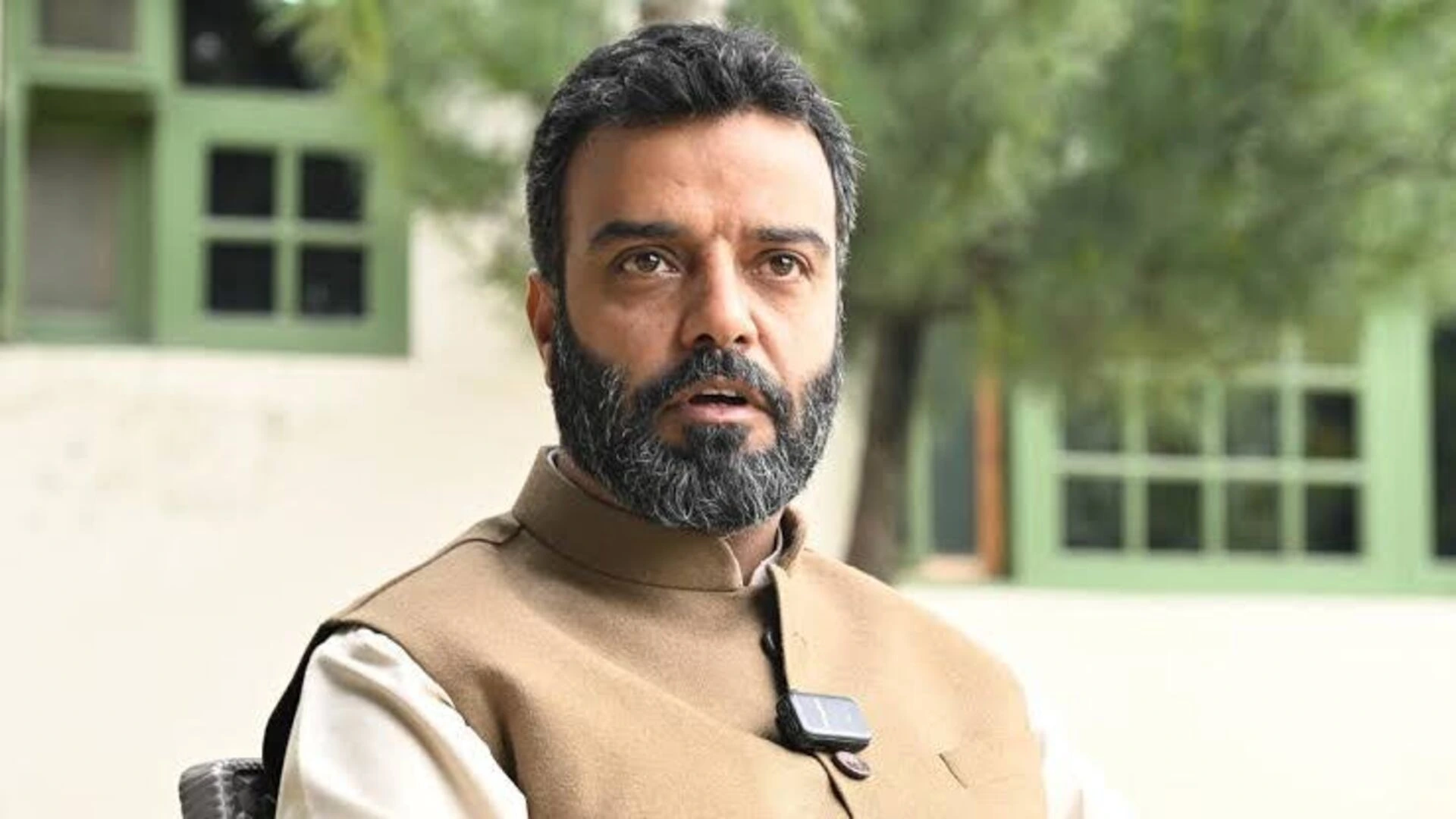India, now the world’s most populous nation with over 1.4 billion people, boasts a significant working-age demographic, with about 65 percent of its population between 15 and 64 years. Recognizing this demographic dividend, the Modi government has consistently focused on youth empowerment through initiatives like the Skill India Mission, StartUp India and targeted provisions in the Union Budgets. The Union Budget 2024 explicitly emphasizes on job creation and youth empowerment, crucial for propelling India’s economic growth. Key initiatives include the Production Linked Incentives (PLI) scheme to boost manufacturing and job creation, along with Industry-linked Incentives and the Employment Linked Incentives. Schemes like Pradhan Mantri Kaushal Vikas Yojana, Startup India, Make in India, and Atma-nirbhar Bharat aim to equip youth with skills and opportunities for entrepreneurship. Investments in infrastructure, digital advancements, and education reforms further align with market needs, preparing young Indians for a competitive global economy. The Union Budget 2024 delineates a roadmap to harness India’s demographic dividend, aiming to transform the country’s youthful energy into a powerful driver of economic prosperity and realizing Prime Minister Narendra Modi’s vision of a Viksit Bharat—an empowered and developed India.
The focus of the Union Budget 2024 was to empower youth by job creation, hence, emphasis was laid on creating 8 million jobs annually until 2036. It introduced three ‘Employment Linked Incentive’ schemes: Scheme A -First-time Employment-providing a salary benefit for new EPFO-enrolled employees; Scheme B – Job Creation in Manufacturing-offering EPFO-based incentives to manufacturing employers; and Scheme C – Support to Employers- reimbursing EPFO contributions for workforce expansion. With a total outlay of Rs. 107,000 crores, these schemes highlight the government’s focus on employment generation. The Production Linked Incentive (PLI) Scheme, pivotal in boosting manufacturing and reducing imports, is further strengthened, anticipating over 7 lakh new jobs and fostering innovation and productivity across more sectors. The PLI scheme also supports the MSME sector and women entrepreneurs, contributing to inclusive and equitable growth. These initiatives collectively support PM Modi’s vision which aims to create a dynamic workforce, enhance manufacturing, and boost India’s economic prosperity.
Apart from Incentive linked job creation, the Budget emphasized on skilling and workforce development, which will eventually aid the youth to be self-employed. It introduced a scheme to train 2 million youth over five years and upgrade 1,000 Industrial Training Institutes (ITIs) through a hub-and-spoke model. This initiative, in partnership with state governments and industry, aims to align training with industry needs and emerging technologies like AI and IoT. By enhancing ITI infrastructure and curricula, and focusing on high-demand skills, the Budget focused on fostering innovation and entrepreneurship among youth. This modernization aims to address the evolving job market needs by equipping students with practical skills and knowledge relevant to emerging technologies. By fostering collaboration between industry and educational institutions, supporting research, and encouraging private sector investment, the initiative seeks to bridge the gap between education and employment, enhance job creation, and contribute to economic growth.
Not only this, but also the Budget addressed the need to enhance apprenticeships by introducing an initiative to offer internships to 10 million youth across 500 top companies. These year-long internships will provide hands-on experience, industry-relevant skills, and professional development, with interns receiving a monthly stipend of Rs 5,000 and a one-time aid of Rs 6,000. Companies will contribute through their CSR Budgets, aligning with Section 135 of the Companies Act 2013. The aim of this program is to bridge the skills gap, improve employability, and foster a culture of experiential learning, ensuring young people gain valuable experience and skills that meet industry needs. By integrating CSR funds and involving diverse sectors, the initiative supports the transition from education to employment and contributes to the vision of Viksit Bharat by creating a skilled, adaptable workforce for future economic growth.
Education has always been a prime focus of the Modi Government and therefore the Union Budget introduced the Model Skill Loan Scheme which aligns with the vision of Viksit Bharat. The Scheme offers loans up to Rs 10 lakh for higher education with government-backed guarantees and interest subvention of 3% through e-vouchers. This initiative aims to make higher education more accessible and affordable by reducing financial barriers and providing substantial support to 100,000 students annually. By enabling access to quality education across various fields, the scheme addresses educational inequality and fosters a skilled, versatile workforce. The Union Budget 2024-25 underscores the pivotal role of research and innovation by increasing support for private sector-led initiatives. The Budget allocates substantial funding for research across various fields, establishes new research centers and incubators, and introduces incentives such as tax breaks and grants for companies investing in R&D. These measures aim to foster a culture of innovation, support high-impact research, and encourage private sector participation. The Budget also introduces a dedicated venture capital fund for the space economy, recognizing the potential of space research to drive economic and technological progress. By fostering a culture of discovery and equipping the youth with essential resources, the government aims to position India as a global leader in science and technology, empowering the next generation to lead the country’s future advancements. By creating an environment conducive to breakthroughs and scaling startups, the Budget seeks to enhance India’s global competitiveness and drive economic growth, aligning with the broader vision of making India a leader in technological and economic advancements.
In alignment with its Viksit Bharat vision, India is enhancing international collaboration through the Union Budget 2024-25 by forming partnerships with top global universities and research institutions, initiating joint research projects, and establishing exchange programs for students and faculty. A key proposal is the creation of a Higher Education Commission to oversee and elevate these international collaborations, ensuring that Indian institutions meet and exceed global standards. This focus on global engagement is expected to boost education quality, provide valuable international experience, and expand professional networks for Indian students and researchers. These initiatives are designed to prepare young Indians for a competitive global job market, ultimately strengthening India’s international position and driving innovation and economic growth.
In response to the need for continuous adaptation and skill development, the Union Budget 2024-25 introduces several initiatives to promote lifelong learning. These include funding for adult education programs, online learning platforms, and new skill development opportunities. The Budget supports flexible learning pathways, such as micro-credentials and short-term courses that can be combined into larger qualifications, and recognizes informal and non-formal learning. By investing in lifelong education, the government aims to ensure that all citizens, including the youth, are prepared for future challenges and can contribute to and benefit from India’s progress. This will not only provide job opportunities to the youth in the country but also help them to sustain in their jobs for a longer period of time as well as gain increments and job promotions.
The Budget 2024-25 seemed as a starting point of PM Modi’s vision for 2047 as it dealt with the problem of the youth- the torchbearers of tomorrow’s India. With a strong emphasis on job creation, skill development, and entrepreneurship, the Budget sets a solid foundation for future prosperity through initiatives like the Production Linked Incentive scheme, Pradhan Mantri Kaushal Vikas Yojana, Startup India, and Atma -nirbhar Bharat. By investing in infrastructure, digitization, and vocational training, and focusing on aligning educational outcomes with industry needs, the Budget aims to prepare the youth for an evolving job market and foster innovation. This comprehensive approach positions India to become a global economic powerhouse, ensuring long-term national growth and development.
The author is National Office in Charge, Bharatiya Janata Yuva Morcha







